A living room built for long-term comfort depends on dependable materials, stable construction, and choices that age gracefully in everyday use. Many homes completed after 2010 introduced sturdier framing, improved moisture control, and updated insulation, making them strong foundations for durable design. By pairing these improvements with thoughtful furnishings and finishes, homeowners can create a room that remains comfortable, inviting, and visually appealing for many years without demanding constant repairs.
1. Heavy-Use Accent Tables
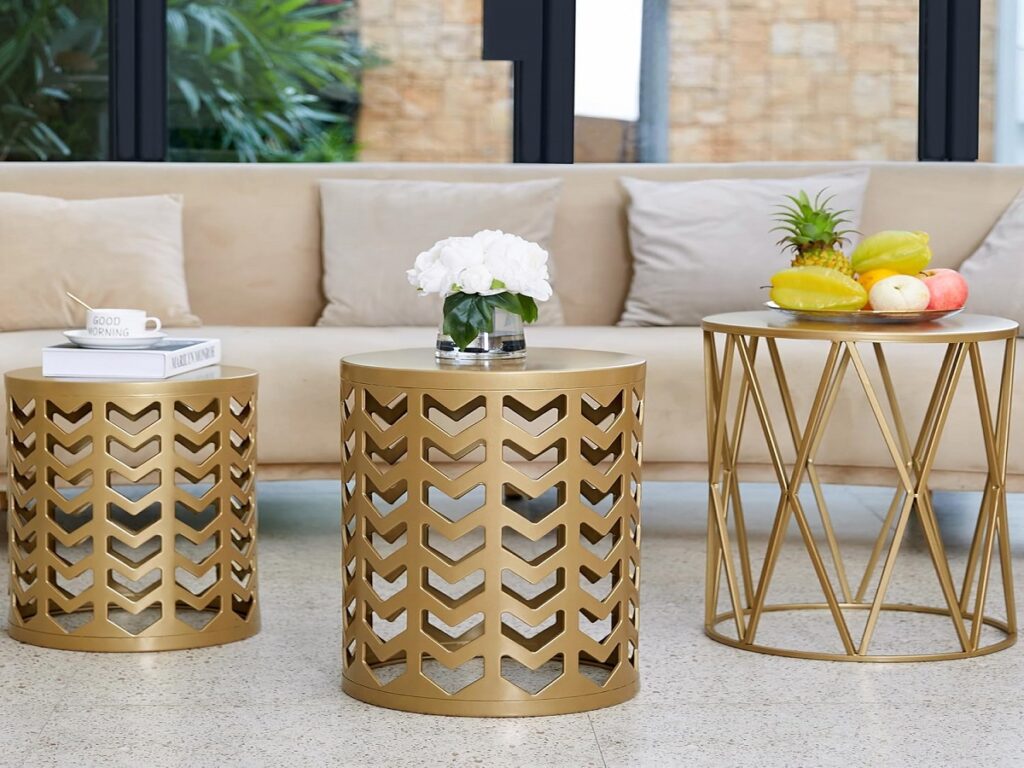
Accent tables designed in the past decade often feature composite stone, tempered glass, or dense hardwoods that tolerate repeated use without blemishing. Their surfaces resist scratches from cups, décor, and reading materials, while rounded edges enhance safety and durability. Weight-balanced bases keep them stable on rugs or hard flooring. These tables complement modern floor plans with compact silhouettes, offering dependable surfaces that maintain appearance and function through years of regular, hands-on living.
2. Long-Lasting Modular Seating
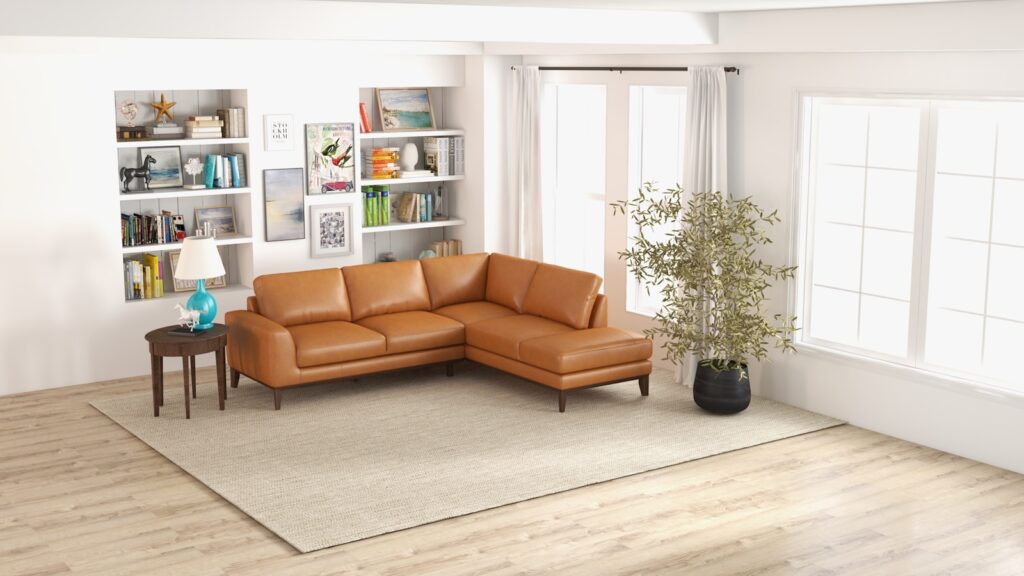
Modular seating designed after 2018 standards features reinforced hardwood frames, denser cushions, and upholstery fabrics tested for high abrasion. These sofas maintain shape even with frequent rearranging, allowing households to adapt layouts without weakening joints. Removable, washable covers simplify upkeep, while timeless colors keep the room cohesive. Strong stitching prevents sagging, ensuring the seating remains supportive through years of daily relaxation, gatherings, and flexible use in evolving living spaces.
3. Adjustable Wall-Mounted Shelving
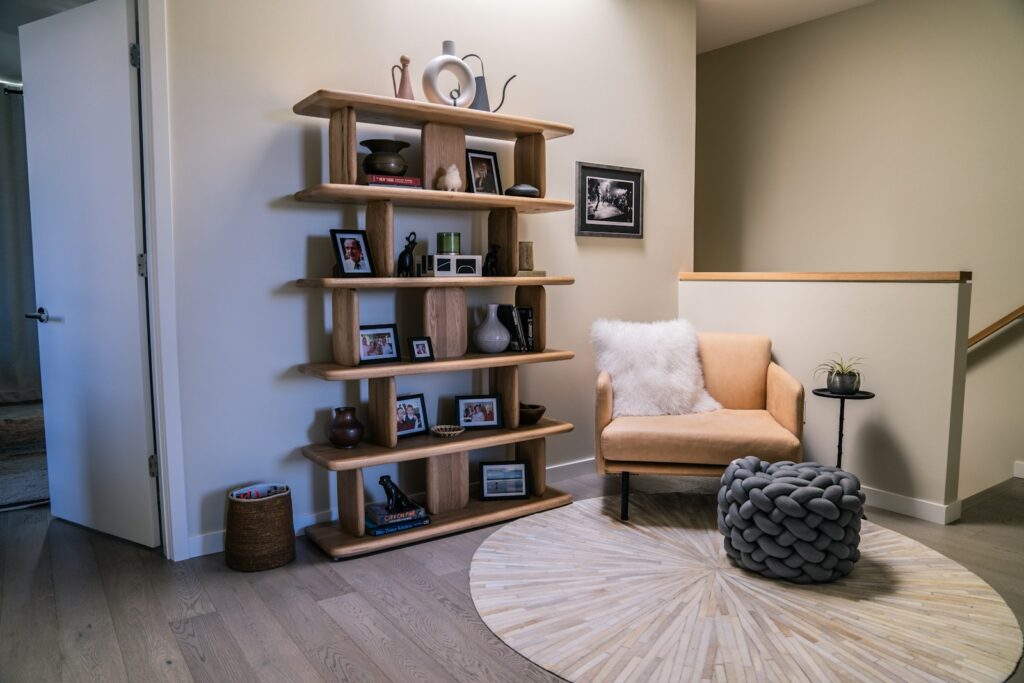
Homes remodeled after 2012 often include strengthened interior walls that easily support modern, modular shelving systems. These shelves, typically built from powder-coated metals and dense engineered wood, resist bending and maintain alignment under significant weight. Their adjustable brackets allow homeowners to update displays, store electronics, or shift décor without purchasing new furniture. Because they maximize vertical space and adapt as needs change, they deliver both function and long-term visual consistency.
4. Resilient, Layered Rugs
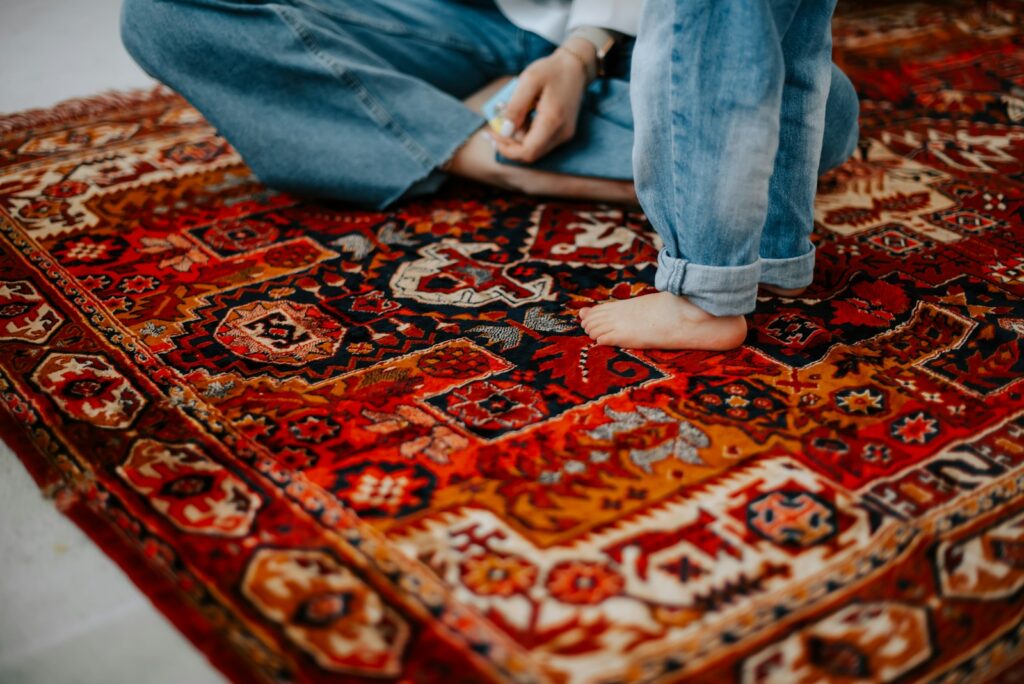
Rugs made from wool blends or advanced synthetics have grown more durable in designs introduced after 2017, offering resilience against high foot traffic and everyday spills. Their fibers bounce back without matting, while improved backing materials help them grip securely on updated subfloors. When layered, they also enhance sound absorption and warmth, creating a cozy, grounded feel in the living room. These rugs age gracefully, maintaining comfort and color through years of steady use.
5. Long-Life LED Lighting Plans
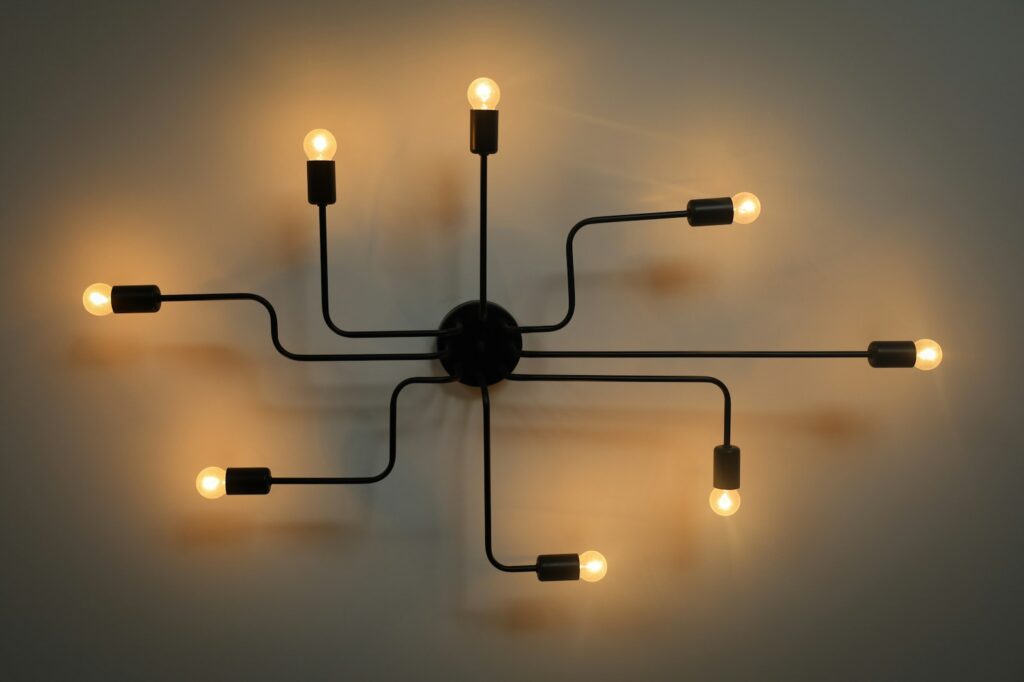
Living rooms upgraded since 2014 often incorporate LED fixtures designed for tens of thousands of hours of illumination, reducing the need for frequent replacements. These lights maintain consistent color temperature, helping the room feel warm and stable. Adjustable sconces, dimmable overheads, and track lights offer flexible ambiance for reading, entertaining, or unwinding. With durable housings and low heat output, they protect surrounding materials and keep the space bright with minimal maintenance.
6. Reinforced Modern Window Frames

Windows installed in homes built after 2016 typically use double glazing and strengthened composite or aluminum frames that support long-term insulation and noise reduction. These upgrades protect fabrics and wooden furniture from UV fading, while minimizing drafts throughout seasonal shifts. Paired with washable, dense drapery, they offer steady indoor comfort. Their structural firmness prevents moisture intrusion and warping, ensuring the living room remains visually crisp, temperate, and peaceful across many changing years.
Comments